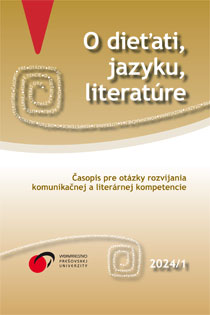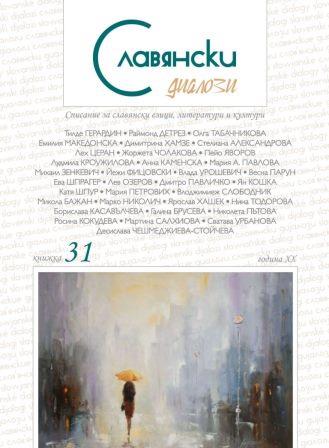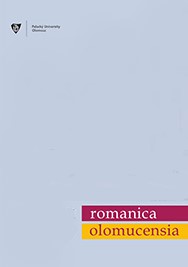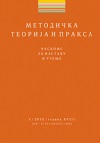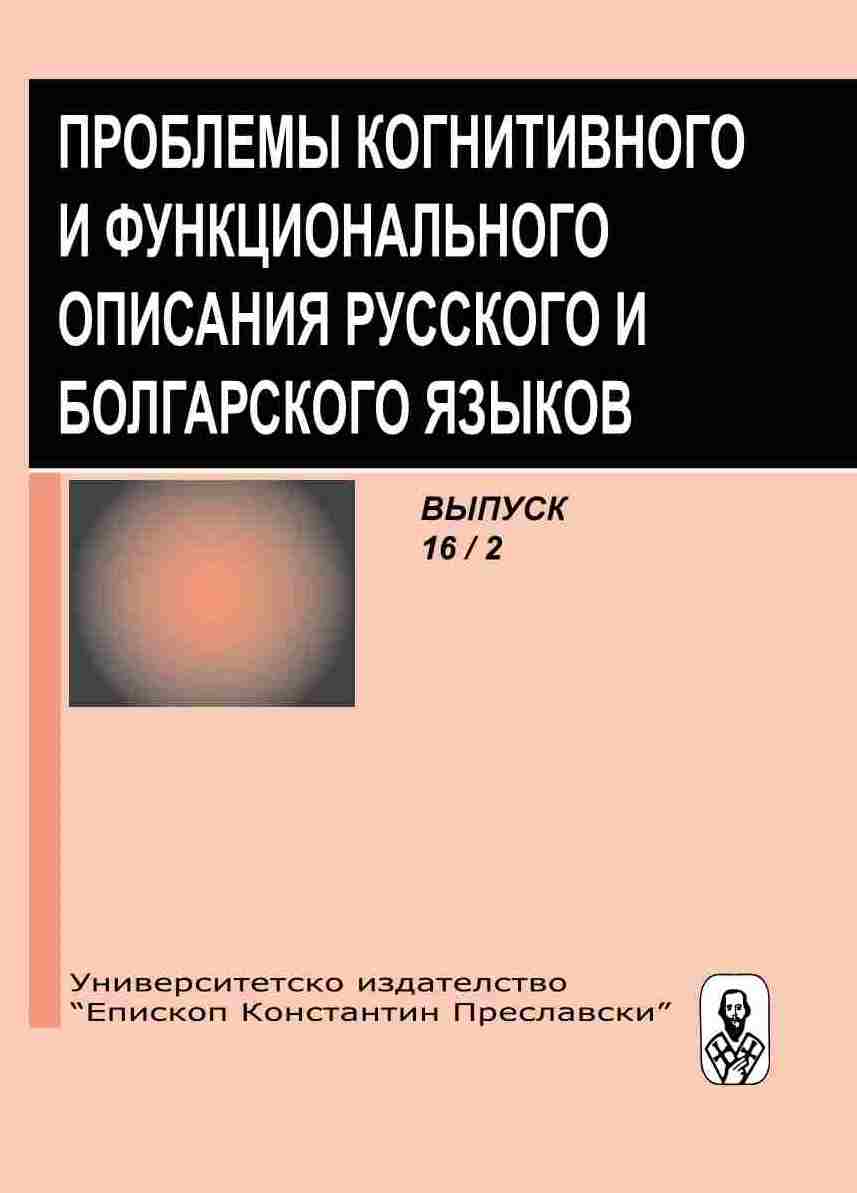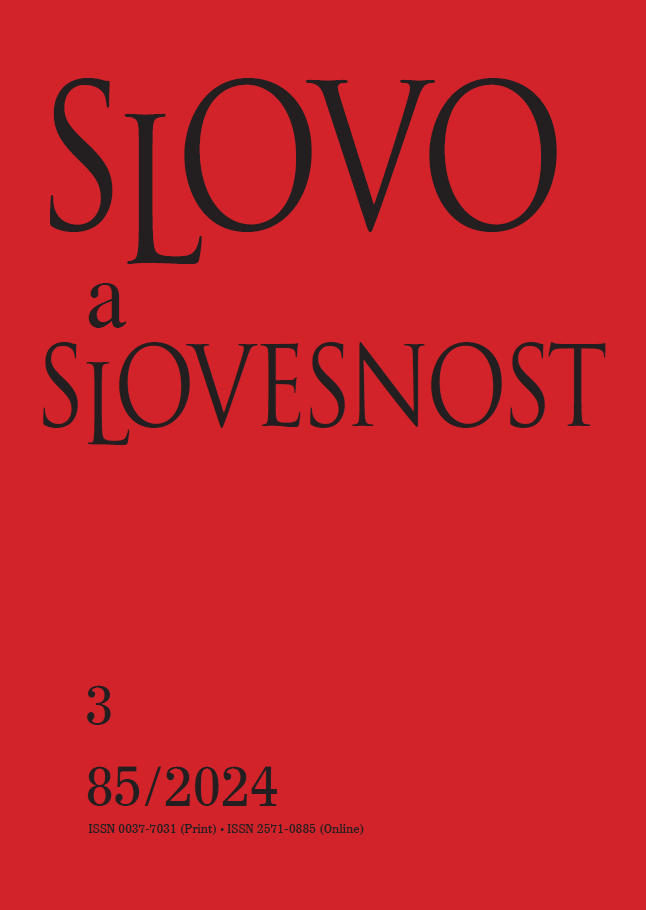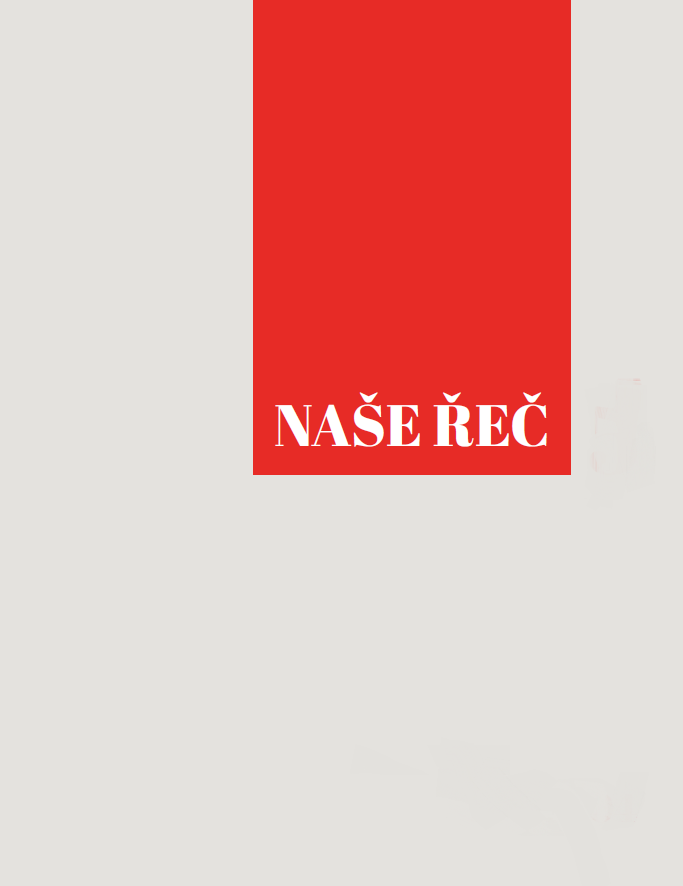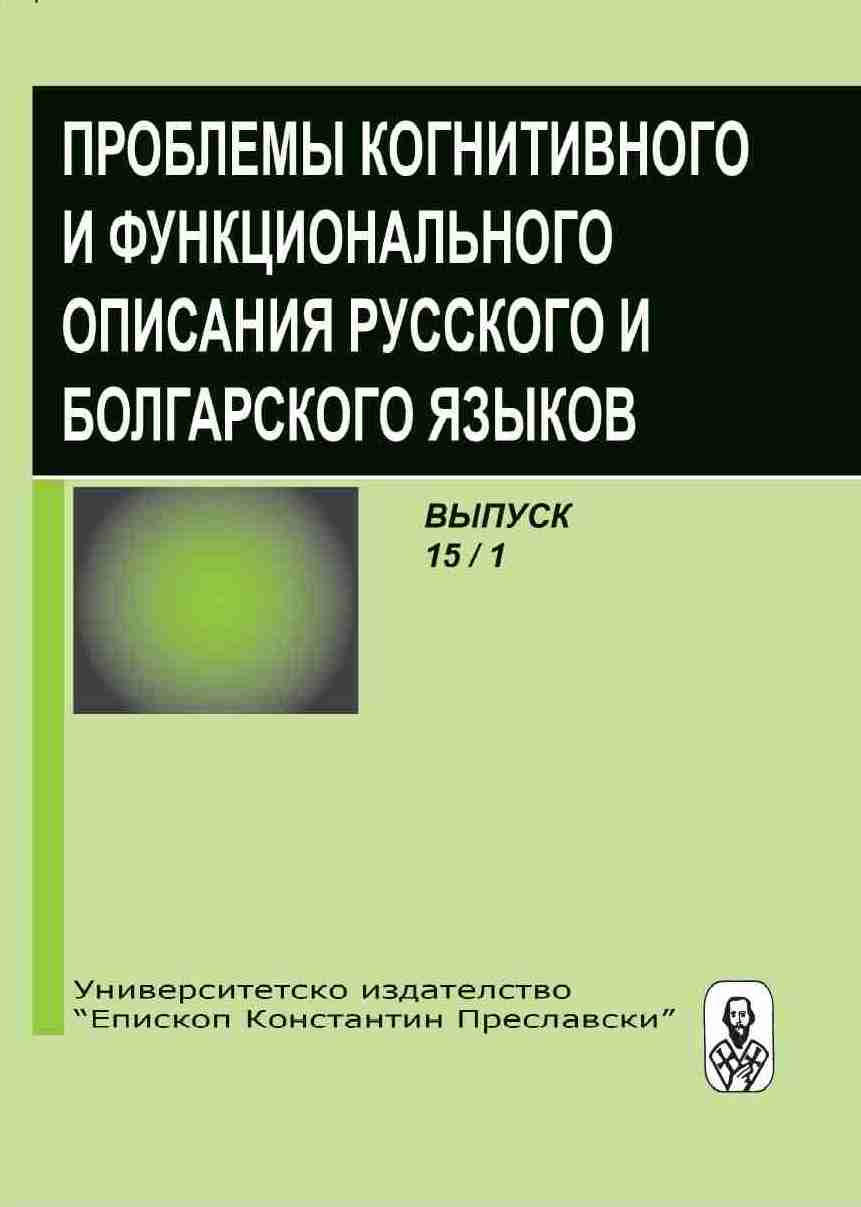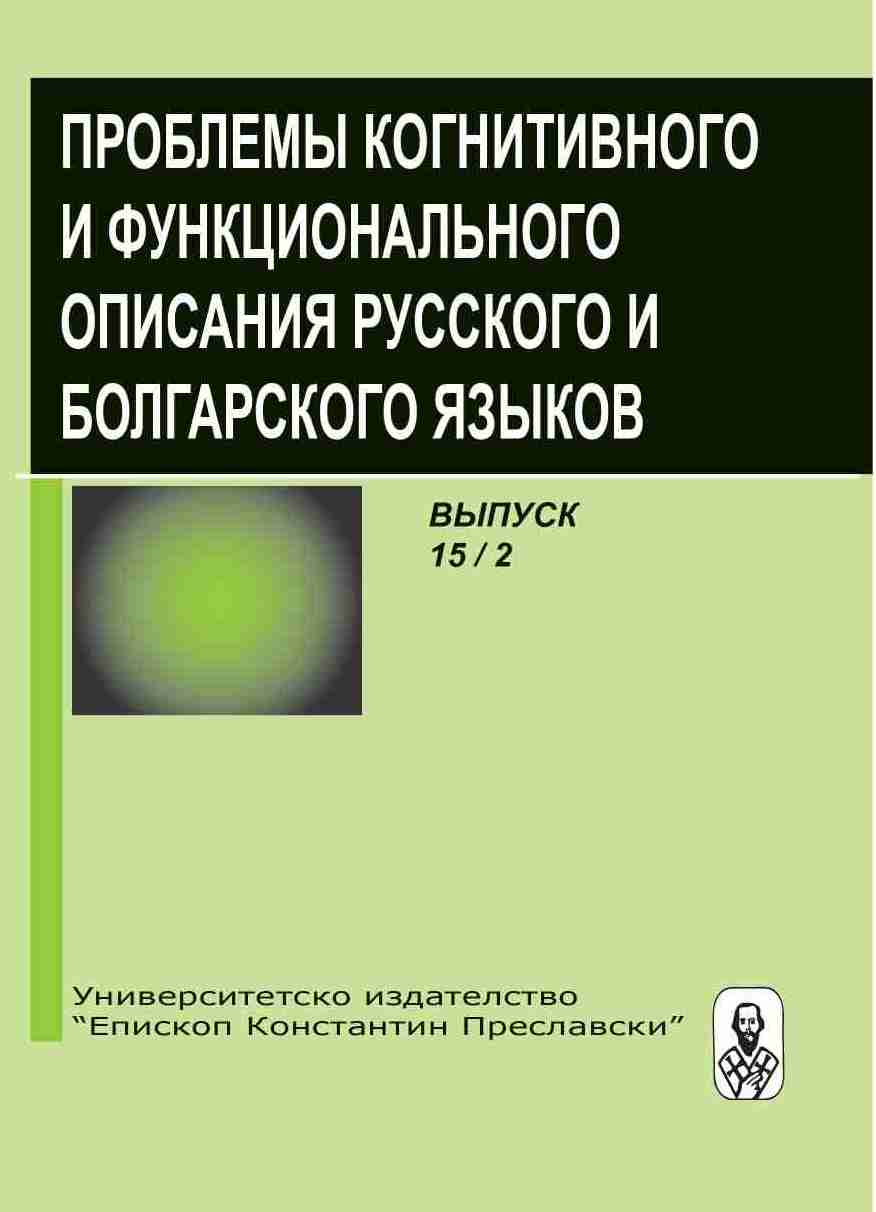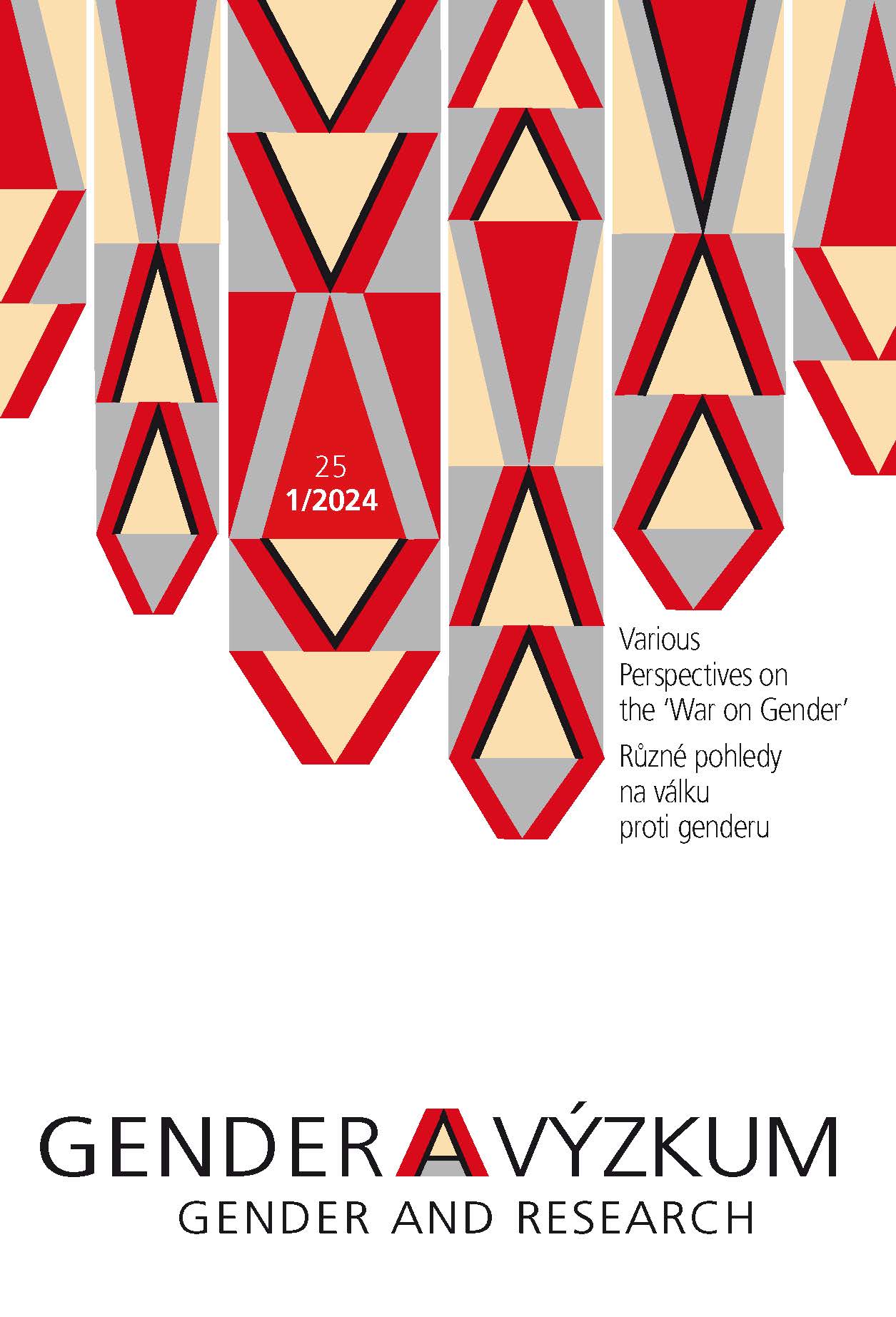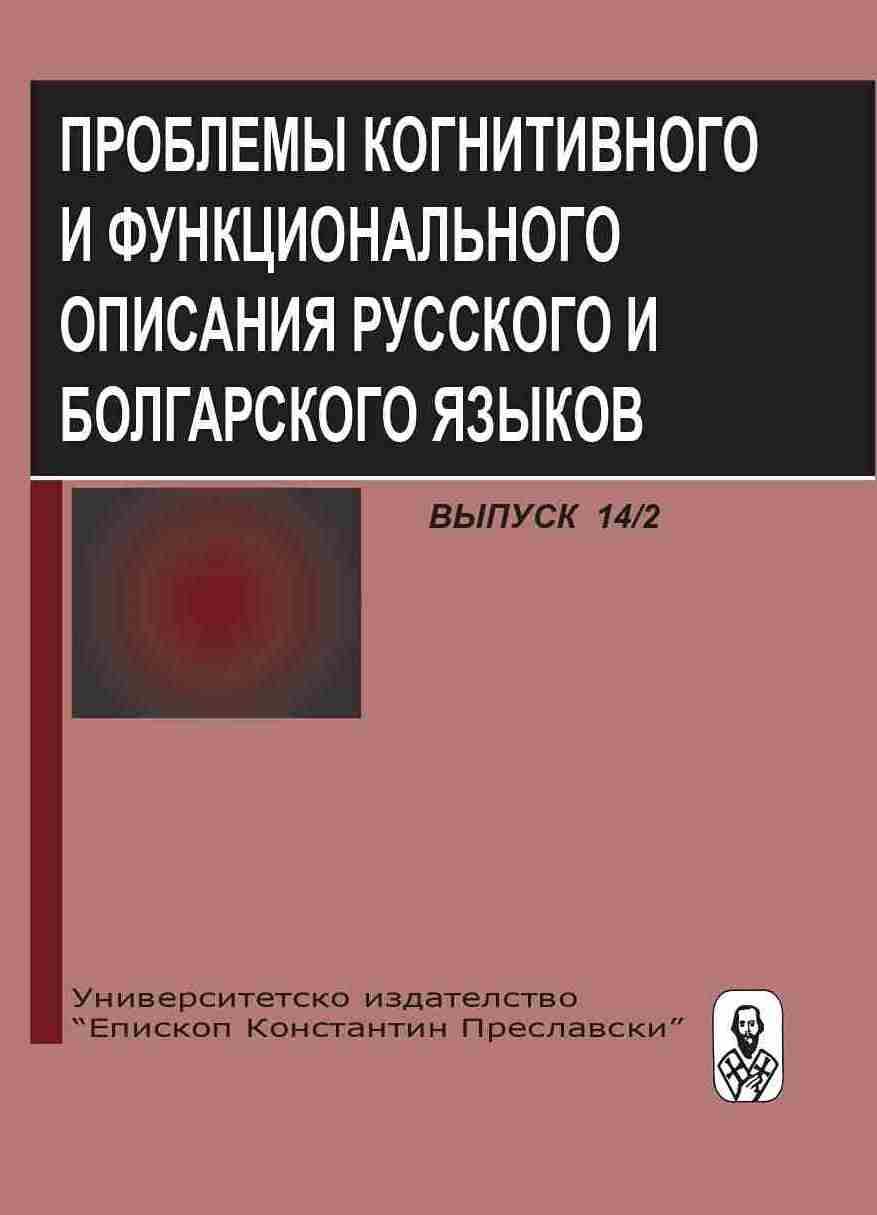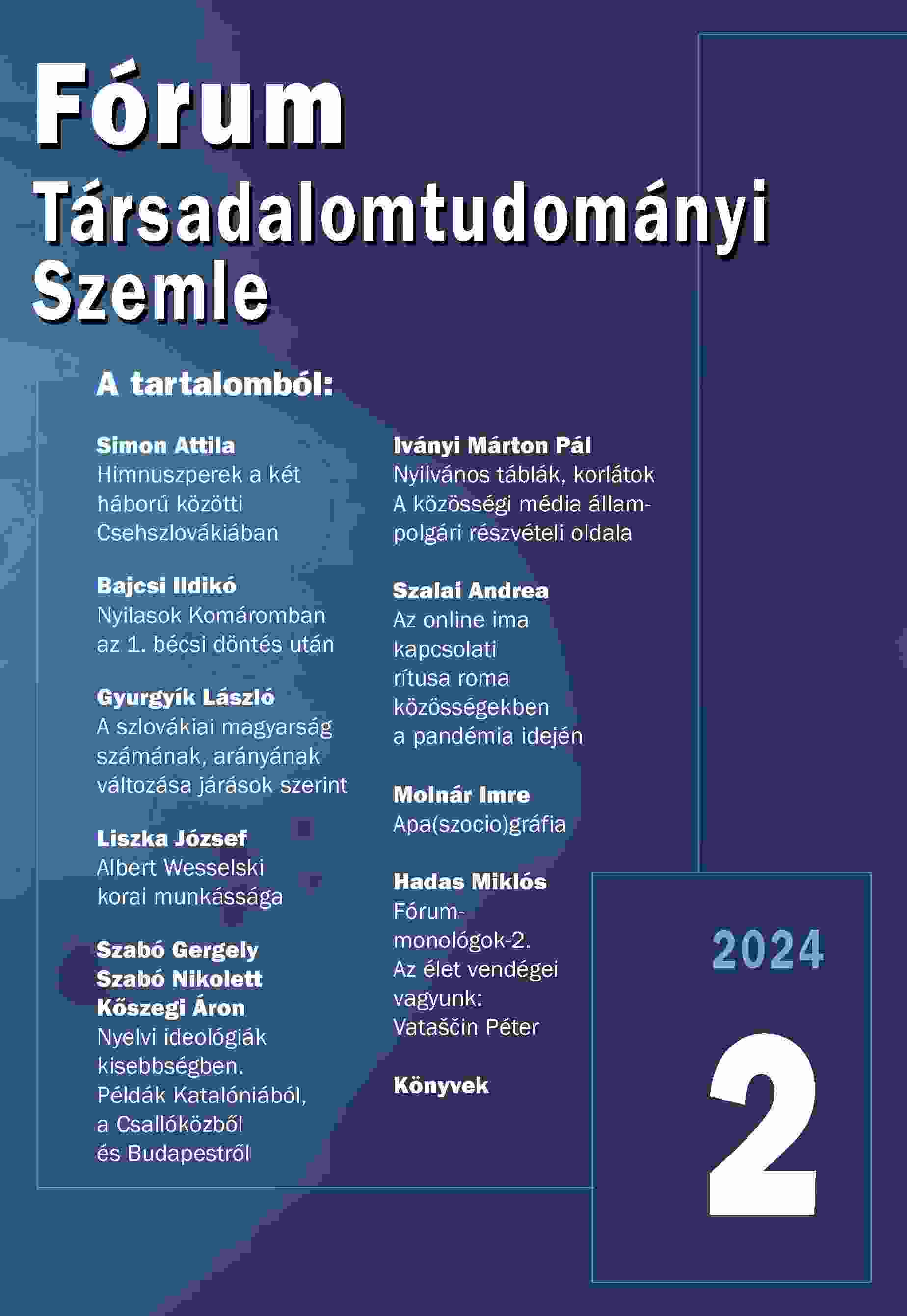
Nyelvi ideológiák kisebbségben
Critical sociolinguistics with a qualitative approach seeks to explore the background of language-related social issues. Such issues include, for example, the systems of ideas that shape contemporary public thinking, especially when it comes to language choice in minority contexts. The paper compares three such contexts: the context of a diasporic group (Hungarians in Catalonia, Spain), the young adults of an indigenous minority (Hungarians in Csallóköz, Žitný ostrov, Slovakia), and the media representation of sexual minorities in Hungary. The comparison is based on three separate studies with a qualitative and explorative orientation conducted by one of the authors each. These studies examined the language ideologies of late modernity and global capitalism that the literature identifies as discourses of pride and profit. We argue that speakers’ narratives on their language choice are permeated by the concept of profit in a way that pride is no longer evidently associated with authenticity.
More...
